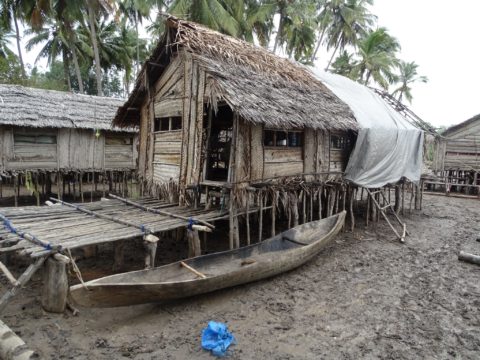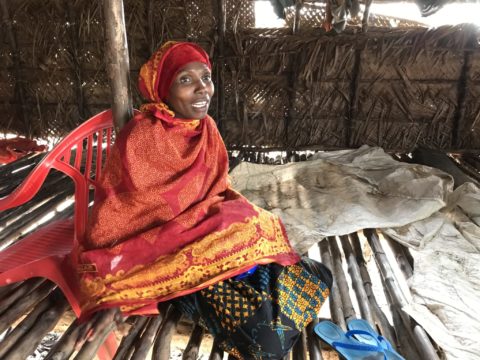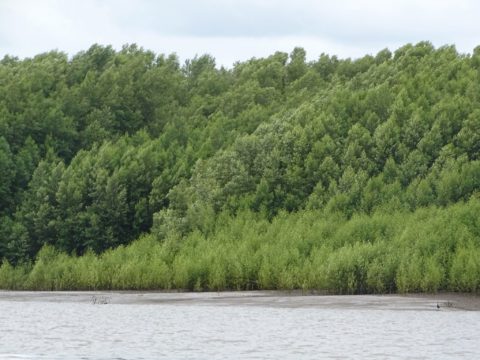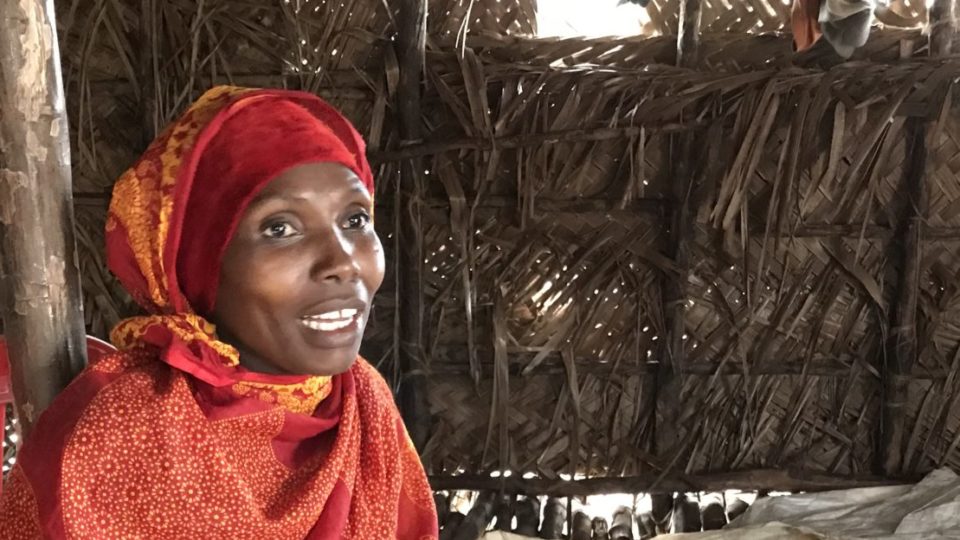Residents express fears over increased depletion of mangrove forests in Rufiji Delta.
As you manoeuvre the calm waters off the coast of Nyamisati in Rufiji Delta you will not fail to notice the majestic mangrove trees that make up the canopy of mangroves forest. It’s a beautiful view mostly of natural mangrove, covering hundreds and hundreds of hectares. The communities living in the villages within the delta heavily depend on this resource for their livelihood. As we approach Mchinga village, one of the 19 villages in the Delta, one immediate critical role mangroves play in the lives of this community, from the boat (made from Heritiera Littoralis mangroves) we climb a makeshift bridge constructed with mangrove sticks to get to the heart of the village. One key feature that stands out for us is their houses which are constructed from mangrove sticks – mostly from Ceriops Tagal and thatched with coconut tree fronds. We are amazed to learn that these houses can last up to five years with no repairs. Notably, the delta has a special mangrove species prized for its hardwood which they use for various needs; to build the houses, make boats, dugout canoe, cabinets and tools such as digging sticks.

At the village, we meet 39-year old Maimuna Ramadhani, who has lived in the delta all her life. We find her boiling water to make salt for domestic use. This is just one among the many benefits they get from the mangroves. A few meters from her home we see a group of women busy knitting mats and baskets, using reeds and bamboos harvested from areas of the delta where the water is less salty. As we walk, collecting dried mangrove sticks that she will use to prepare a meal for her family that evening, we notice a small boat approaching the island, women run to the shore to receive the occupants of the boat. She says they left earlier that morning to go fishing into the deep sea and around the delta in search of fish for commercial and domestic use. Suddenly, with a grim look on her face, Maimuna laments about the dwindling number of fish in the area which she attributes to the destruction of mangroves. “The trees are harvested without replanting and now even when there is a high tide it floods our homes,” she says. “I want my children to grow in wisdom and value the wealth we get from mangroves, how I would love to go back in time and show them how it used to be,” Maimuna adds. The mangrove ecosystem in Rufiji delta also provides a shelter, breeding grounds and food living for many iconic species, ranging from fish, shellfish, migratory waterbirds many of which are in flight from the European winter, sea turtles nesting on beaches secured by mangrove roots, crabs and shrimp that thrive in mangrove shallows.

The village which is about one hour from Nyamisati town relies heavily on the mangroves for their medicinal value. Maimuna, tells us that ashes, leaves or bark infusions of certain species are usually applied to cure skin disorders, marine stings sores, headaches, snake bites among others. Rufiji is a mangrove hub with a rich biodiversity and is undoubtedly indispensable for the community living here, but unfortunately, despite the huge value of mangroves in the Rufiji delta, they are being heavily exploited and degraded. Some of the causes of mangrove loss and degradation range from agricultural developments for rice and overexploitation for poles and timber, in the absence of alternative income sources. On top of this, the effects of human-induced climate change also loom.
Wetlands International is working in the Delta to address these challenges through the Mangrove Capital Africa (MCA) programme funded by DOB ecology not only to improve the livelihoods of the people but also to conserve the mangrove pride of Africa, starting in the Rufiji Delta. The programme’s current focus is on the development of a sound knowledge base. Ecological, hydrological, socio-economic baseline studies are underway and will be used to inform various interventions that include the revision of the National Mangrove Management Plan of Tanzania with an initial focus on Rufiji Delta as well as various field interventions that include mangrove planting and alternative income generating activities: Mangrove Capital Africa envisions to empower the women and children by raising awareness on the value of mangroves, and by helping them start other enterprises like honey production. We are also keen to work together to identify better markets for their products and be able to increase their profit margins. To protect the community from frequent floods, as well as increase the number of breeding sites for fish and migratory birds, the Programme will support interventions around conservation of mangroves in degraded areas Other studies that are underway are an analysis of the legal, policy and institutional framework for mangroves conservation and management and a stakeholder mapping and analysis. As we conclude Maimuna, looks at her children and with a part on the back she asserts “They say visitors bring goodies and seeing you here today is a sign of good things ahead and if we work together we can restore the village to what it used to be many years ago”

Mangrove Capital Africa is a 10-year programme whose vision is: Mangroves and their biodiversity are healthy, improving the livelihoods of millions of people and protecting them against the dangers of climate change and targets the coasts of East and West Africa.
Mangrove Capital Africa programme led by Wetlands International and funded by DOB Ecology

